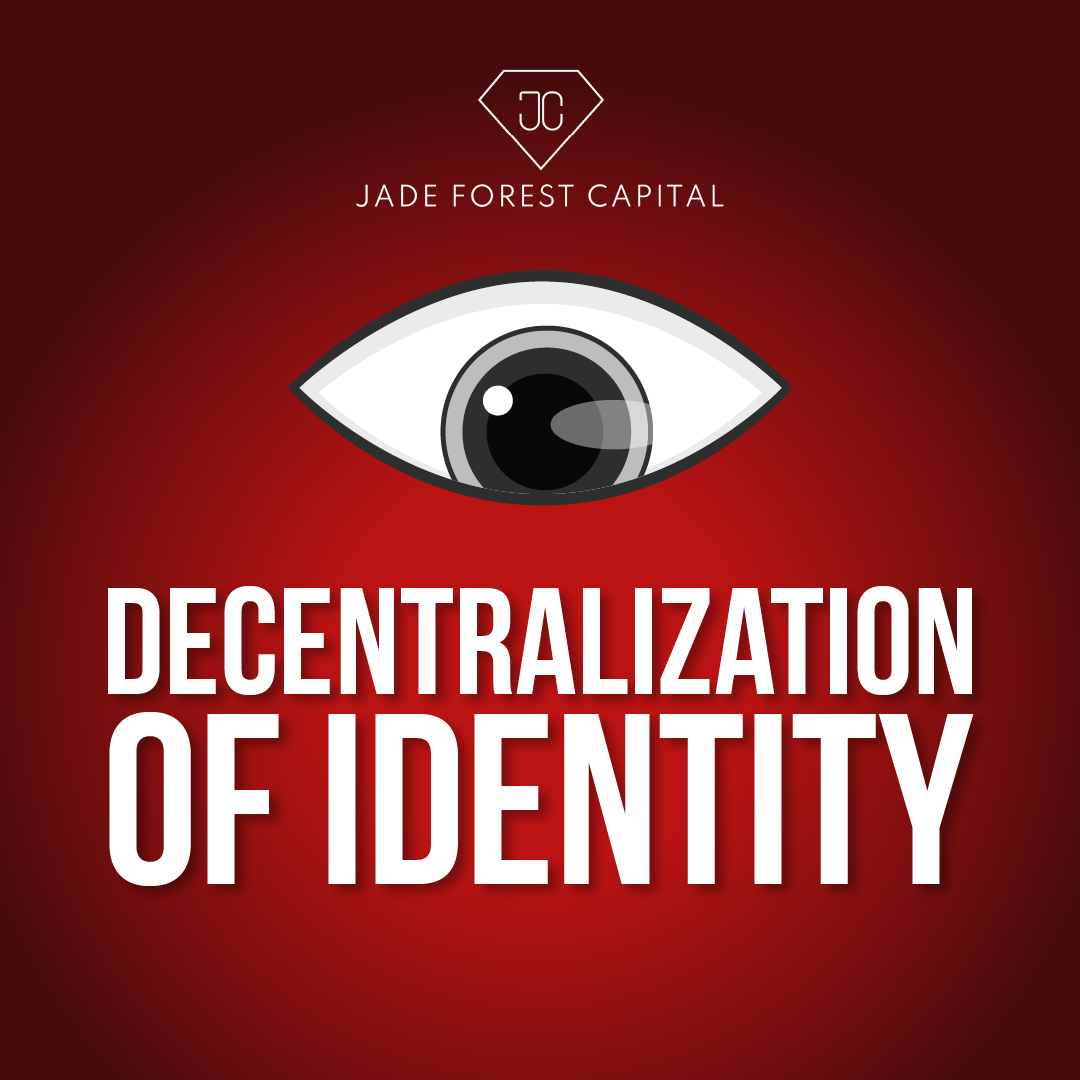The idea of a Metaverse originated from Neal Stephenson in 1992. His science fiction novel Snow Crash envisioned an online world where people could use digital avatars to explore and escape from the real world. Decades later, big companies such as Microsoft, Roblox and Epic Games have built their own Metaverses. Hence, Metaverse is gradually becoming popular and familiar to some blockchain investors.
What is Metaverse?
Metaverse is the concept of a 3D digital world or virtual world that can be inhabited and filled with various objects and activities like the real world. It’s a world where people can work, learn, grow, interact with each other, go to concerts, or visit museums right in their own homes.
Some aspects of the Metaverse have been integrated into several online games such as Axie Infinity, Sandbox, Decentraland. However, Metaverse is still under development and is expected to expand beyond video games and social media platforms with its uses such as remote working, decentralized governance, digital identifier (digital copyright). Moreover, virtual reality (VR) and augmented reality (AR) technologies can be incorporated into Metaverse to allow users to freely connect and have the most realistic experiences in 3D space.
Latest achievements in the Metaverse
With Facebook’s name change to Meta last October, Metaverse has become the new favorite buzzword. To cater for the rebranding, Facebook spent at least $10 billion on Reality Labs in 2021 for developing AR and VR hardware, software, and content with the belief that Metaverse will be as widespread as smartphones in the future.
The COVID-19 pandemic has also augmented the interest in the development of the Metaverse. There is an increased demand for more interactive ways to connect with others as more people have started working remotely. Virtual 3D spaces that let coworkers join meetings, catch up, and collaborate are on the rise.
An example is Microsoft Mesh unveiled in November 2021. It features immersive spaces for users to mingle and collaborate using their avatars, making remote team meetings more engaging and fun.
In addition to gaming and social networking platforms, technology companies like Nvidia opened new portals into the virtual world. The Nvidia Omniverse is being used in various fields. It is an open platform built for creators, designers, and engineers to connect major design tools, assets and projects for collaborative iteration in a shared virtual space.
For instance, the BMW Group is using the Omniverse to reduce production time and improve product quality by smart manufacturing..
Key technologies that powered the Metaverse
- Blockchain and cryptocurrencies
Blockchain technology provides a decentralized and transparent solution for digital proof of ownership in the virtual world. Cryptocurrencies enable users to transfer value while they work and socialize in the 3D digital world.
For example: Crypto can be used to buy virtual lands at Sandbox where buyers can choose 16mx16m land plots in the form of NFT (Non-Fungible Token) with Sandbox token. Thanks to blockchain, the ownership of these virtual lands can be established and secured.
- AR and VR technologies
AR and VR are entry points to the virtual world that embrace vivid and immersive 3D experiences. What are the differences between AR and VR?
AR is a blend of the digital world and the physical elements to morph the real world. AR is more accessible than VR and can be used on most smartphones or digital devices with cameras. AR enables people to superimpose digital content (images, sounds, text) over a real-world environment.
For example, the AR mobile game Pokemon Go allows users to use a camera to overlay Pokemon into the real world by scanning the surroundings.
Unlike AR, VR applications immerse users in a computer-generated environment that simulates reality through the use of interactive devices such as goggles, headsets, gloves, etc.
The way AR and VR work shows an early model of the Metaverse. With the explosion of the Metaverse, more Metaverse companies focusing on AR and VR are expected to spring up in the near future.
- Artificial Intelligence (AI)
Lately, AI has been widely applied in various areas of life including face ID, calculation, customer service, etc. Recently, AI experts are studying how to AI to create a more realistic and vivid Metaverse.
AI helps generate realistic digital humans, often referred to as non-player characters (NPCs) in video games. With AI’s processing abilities, NPCs can be placed across the 3D spaces to facilitate lifelike conversations with users or perform other specific tasks.
Another potential application for AI is in the creation of Metaverse avatars. AI engines can be used to analyze 2D images or 3D scans to generate avatars that look more realistic and accurate.
- 3D reconstruction
While this is not new technology, the use of 3D reconstruction has been rising, especially in the real estate industry, as geographical problems prevented potential buyers from visiting properties in person. Therefore, some agencies adopted 3D reconstruction technology to generate virtual property tours. By applying blockchain to the Metaverse, buyers could look around potential new homes from anywhere and make purchases without even having stepped foot inside.
- Internet of things (IoT)
The concept of the Internet of things (IoT) was first introduced in 1999. Simply put, IoT is a system that takes everything in our physical world and connects them to the Internet through sensors and devices. After connecting to the Internet, these devices will have a unique identifier and the ability to send or receive information automatically. Today, IoT is connecting thermostats, voice-activated speakers, medical devices, and much more to a wide range of data.
One of the applications of IoT on the Metaverse is to collect and provide data from the physical world. This would increase the accuracy of the digital representations.
For example, IoT data feeds could change the way certain Metaverse objects function based on the current weather or other conditions.
Implementing IoT can seamlessly connect the virtual world to a large number of real-life devices. This enables the creation of real-time simulations in the Metaverse.
For example, day and night data is applied to the Metaverse as in real life.
Challenges of the Metaverse
The Metaverse is still in its early stages of development. Some challenges include identity authentication and privacy control. In the real world, it’s often not difficult to identify someone. But as people traverse the digital world in their avatars, it will be difficult to tell or prove who the other person is.
For example, malicious actors or even bots could enter the Metaverse pretending to be someone else. They could then use this to damage their reputation or to scam other users.
In addition, Metaverse is still in its beta phase and there are problems with the speed of the blockchain built on it. If the TPS speed is slow, it will cause problems related to experiences such as lag, unsightly images, etc.
Through the article, Jade Forest Capital hopes you will have an overview of the Metaverse and the technologies that power it.


